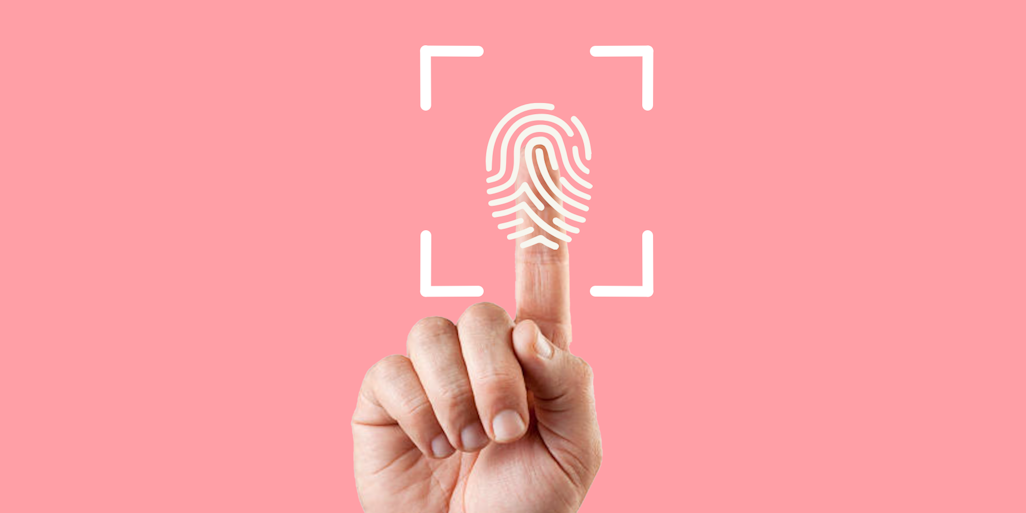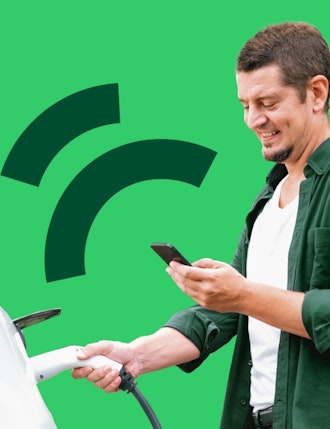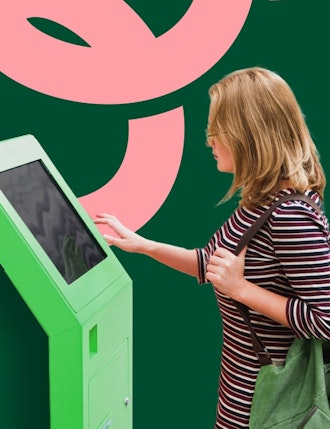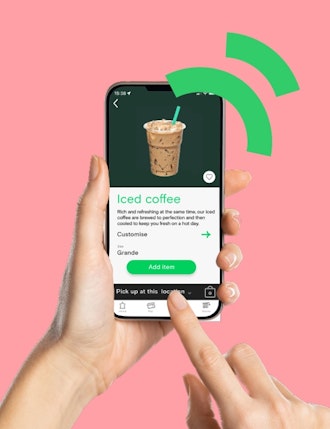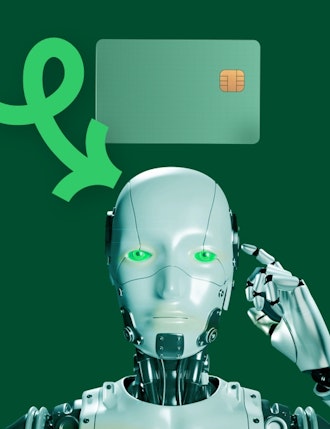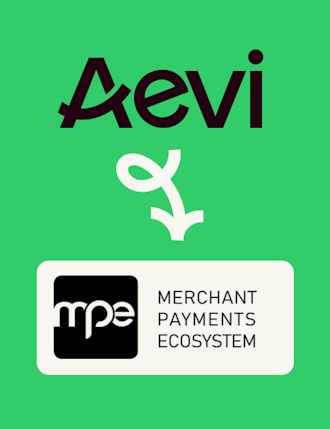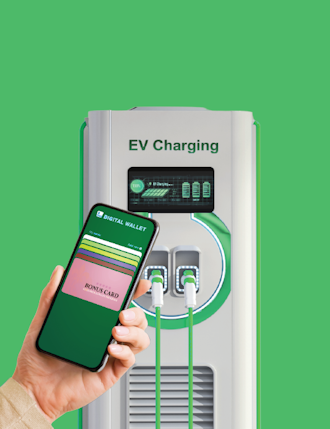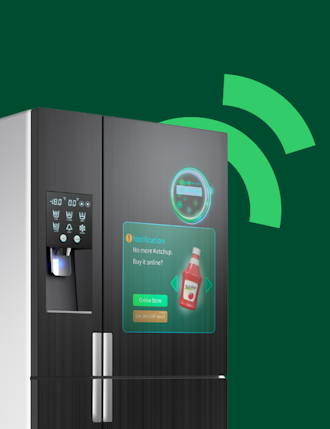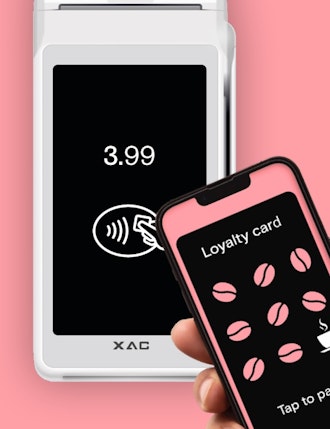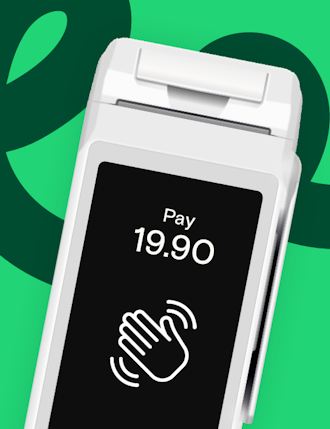The payments landscape is set to change once more in the next 12 months. And it’s all about creating a seamless and secure checkout experience for customers. The better the customer experience, the stronger their loyalty to a particular brand or outlet, and the better the eventual sales. That’s the theory – it’s up to merchants to put it into practice.
So, what’s coming in the very near future? These are the key trends that you can’t afford to ignore in 2024.
Biometric payments: Authorising payments with the human body
Long predicted in sci-fi films like Minority Report, biometric payments have well and truly arrived in real life. In fact, there were around 1.5 billion biometric payments in the UK in 2023. Today it’s all about the likes of Apple Pay or Google Pay using facial recognition to authorise the payment, but that’s soon set to change.
In the US and China, we’re already seeing facial recognition, iris scanning, or fingerprint payments to authorise in-person payments. It’s something that’s intriguing consumers too, with 90% of people excited to use biometric payments and 70% believing it’s simpler than using passwords or PINs.
Fintech is key to bringing it to the masses. First, customers will need to register their biometric details (with a retina scan for example) and their bank account. Then when it comes to pay, it’s a simple case of scanning and paying. Security is of course in its favour, but there is the threat of AI creating fake identities.
This is definitely one to watch in 2024.
Embedded payments: Bringing the payment ecosystem all under one roof
Embedded payments make it much easier for customers to pay at point of sale and connect the in-person and online payment worlds.A good example of this is Shopify’s Shop Pay system that allows retailers to offer payment options to their customers that accepts the established credentials from the customer, enabling an easy and convenient in person payment experience.
It’s easy for the customer, but much better for the business too. For businesses, embedded payments refer to each element of the payment process being embedded into the same system. For in-person payments, examples include; POS systems, payment processing software, and accounting software. With everything connected, it increases efficiency with all workflows in one place, and ensures customer data can flow across the whole ecosystem. For businesses, embedded payments can drive repeat sales, promote better cash management, enable seamless reconciliation, and reduce payment errors.
More and more businesses are moving to this model and boosting their businesses and customer experience in the process.
Unattended payments: Taking people out of the process
Unattended payments are quicker for customers and more efficient for merchants. More people can move through the payment system, there’s less time spent queuing and less staff are needed on the shop floor. In the US, it was found that their use can increase sales by as much as 110% too.
They are already a firm fixture in supermarkets and at the petrol pump. In 2024, we’ll see an increased use on the high-street and for charging up electric vehicles. It’s predicted this market will grow to $100 billion by 2025, so this year is set to be a pivotal year for the ubiquity of unattended payments.
This is being taken to the next level by Amazon’s Just Walk Out technology. Customers enter the store using Amazon One’s palm payment, select their items, and simply walk out. Cameras, shelf sensors, and AI technology is then used to track the items and debit the amount from the customer’s account. The question is, when will this become the norm? Not too far in the future if you ask us.
Gesture based payments are another way in which multiple retailers are offering secure and unique shopping and payment experiences. Using technology that tracks movements, retailers can allow, for example, shoppers to select specific items from digital catalogues for collection, and approve payments with unique and hard to replicate gestures.
Robotics: The next frontier in unattended payments
Fully unattended stores with no staff, or at least no human staff are already with us. In Japan both Seven-Eleven and their competitor convenience store operator FamilyMart have started operating fully unattended stores, serviced by a crew of robots.
As both robotic and artificial intelligence technologies continue to develop at pace, it’s not far fetched to see a near future where robot run stores are more widespread than at present, but can also cater to complex customer requests and needs, offering personalised recommendations that meet multiple customer criteria. A flexible payment system will be key to ensuring that these types of fully automated businesses operate effectively, allowing customer payment preference to be as varied as customer requests. Data from payment systems will also be key in helping these robot storekeepers make tailored recommendations and reward regular customer loyalty.
In-person orchestration: Preparing for the future
Whilst in-person payment systems lag behind their online counterparts, the payments technology that customers use in person is developing quickly. This mismatch could see stores struggle with newer payment technologies and mean they offer a sub-standard experience to customers as well as miss out on opportunities that payment technologies offer to enhance that experience.
This is why solid orchestration technologies, especially for in-person payment processes are important. Providing merchants with a payment offering that is orchestrated, gives them the flexibility to accept and efficiently process diverse in- person payments and to ensure that payment systems can work effectively with other systems the store has in place such as security and customer loyalty programs.
With more innovative technology coming into play, better options for customers and more efficient solutions for businesses, the in-person payment landscape is set to undergo real change in 2024. Watch this space.
